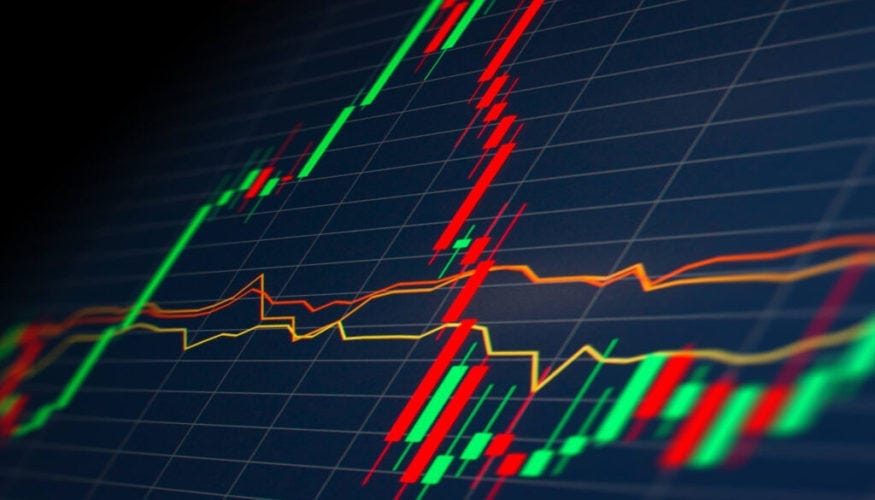The 2020s: On Track to Become the Weakest Decade for Global Growth Since the 1960s
The World Bank's latest economic forecast paints a sobering picture of the global economy, projecting the 2020s to be the weakest decade for worldwide growth since the turbulent 1960s. This stark assessment raises critical questions about economic recovery, policy responses, and what lies ahead for businesses and consumers worldwide.
A Historic Economic Slowdown
The World Bank's comprehensive analysis reveals that global economic growth is expected to average just 2.2% annually throughout the 2020s—a dramatic decline from the 2.6% average of the 2010s and significantly below the robust 3.5% growth rates experienced in the early 2000s. This projection would make the current decade the weakest period of economic expansion in over six decades.
The comparison to the 1960s is particularly striking, as that era was marked by post-colonial transitions, the Cold War's economic pressures, and nascent globalization. The fact that today's interconnected, technologically advanced world economy is struggling to match even those growth rates underscores the severity of current challenges.
Multiple Headwinds Converging
The Pandemic's Lasting Impact
The COVID-19 pandemic fundamentally disrupted global economic patterns, creating ripple effects that continue to reverberate. Supply chain disruptions, labor market shifts, and changed consumer behaviors have created structural challenges that extend far beyond the initial health crisis. The pandemic accelerated deglobalization trends and highlighted vulnerabilities in just-in-time production systems.
Demographic Challenges
Many developed economies face aging populations and declining birth rates, creating shrinking workforces and increased social security burdens. Countries like Japan, South Korea, and much of Europe are grappling with these demographic headwinds that constrain long-term growth potential.
Geopolitical Tensions and Trade Fragmentation
Rising tensions between major economies, particularly the US-China relationship, have fragmented global trade networks. The "friend-shoring" and "near-shoring" trends, while potentially beneficial for resilience, often come at the cost of economic efficiency and growth.
Regional Variations Tell Different Stories
Emerging Markets Under Pressure
Developing economies face particularly acute challenges, with many struggling under debt burdens exacerbated by higher interest rates and stronger dollar conditions. The World Bank notes that many emerging markets are experiencing their slowest growth periods since the 1990s.
Advanced Economies Stagnating
Even traditionally robust economies are showing signs of structural weakness. The European Union faces energy security challenges, while the United States grapples with political polarization affecting economic policy consistency.
Bright Spots Remain Limited
India continues to show relatively strong growth prospects, and some African nations demonstrate resilience, but these positive outliers aren't sufficient to offset broader global trends.
Policy Implications and Responses
Central banks worldwide have shifted from unprecedented monetary accommodation to aggressive tightening cycles, attempting to combat inflation while risking recession. This policy transition represents one of the most dramatic monetary policy shifts in modern history.
Fiscal policy space remains constrained in many countries due to elevated debt levels accumulated during the pandemic response. This limits governments' ability to stimulate growth through traditional spending measures.
Technology: Double-Edged Economic Impact
While artificial intelligence and automation promise productivity gains, they also create displacement concerns and require significant adaptation investments. The economic benefits of technological advancement may take time to materialize fully, contributing to near-term growth challenges.
Looking Ahead: What This Means
The World Bank's projection isn't necessarily destiny, but it reflects current structural challenges that require coordinated policy responses. Historical precedent suggests that periods of slower growth often precede significant economic transformations and innovations.
Key Takeaways for Stakeholders
For Businesses: Focus on efficiency, diversification, and adaptability rather than expecting rapid market expansion. Strategic planning should account for a prolonged period of modest growth.
For Investors: Consider defensive strategies and sectors that can thrive in slower-growth environments, such as essential services and dividend-paying stocks.
For Policymakers: Emphasis should shift toward structural reforms that enhance productivity, address demographic challenges, and rebuild international economic cooperation.
The 2020s may indeed prove to be a challenging decade economically, but recognizing these headwinds early provides opportunities for adaptive strategies and policy interventions that could help mitigate the worst outcomes and lay groundwork for future recovery.
